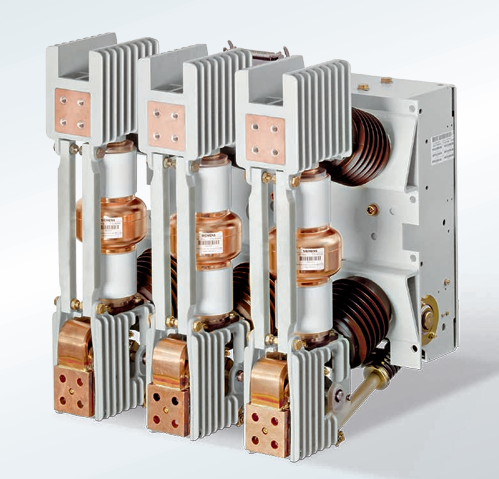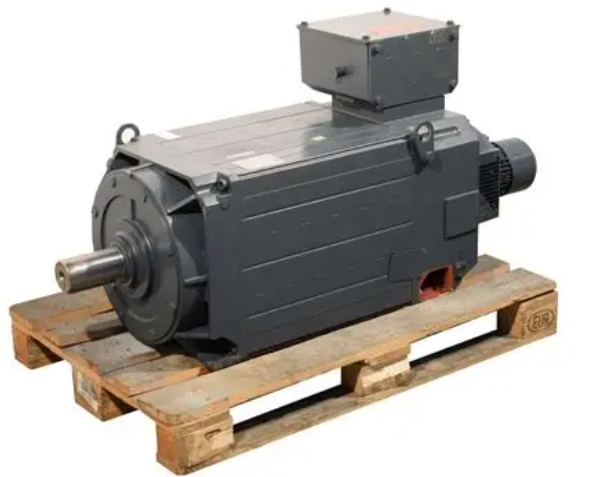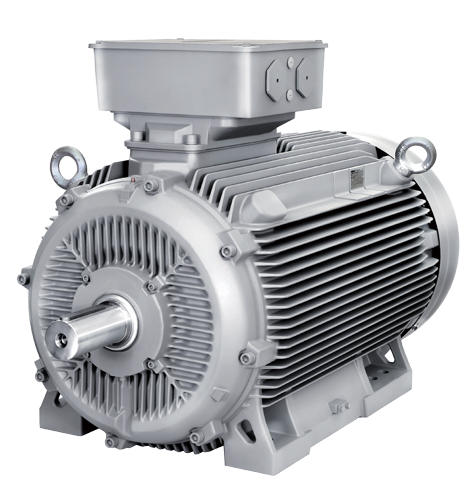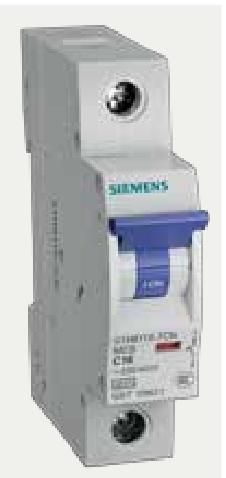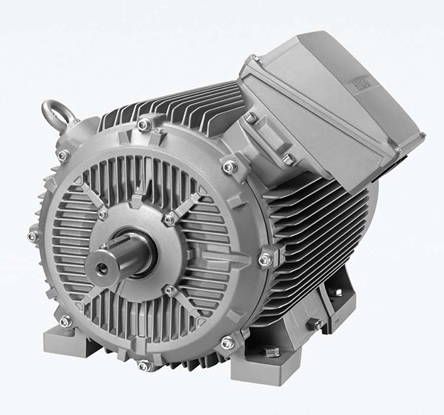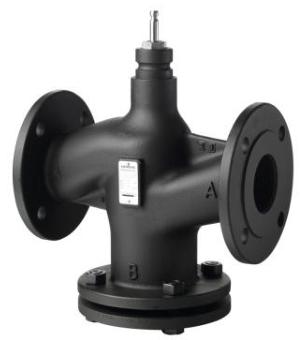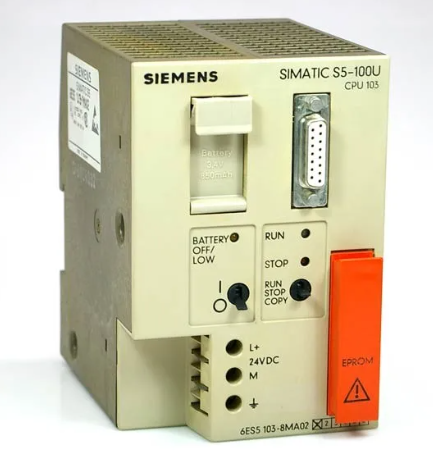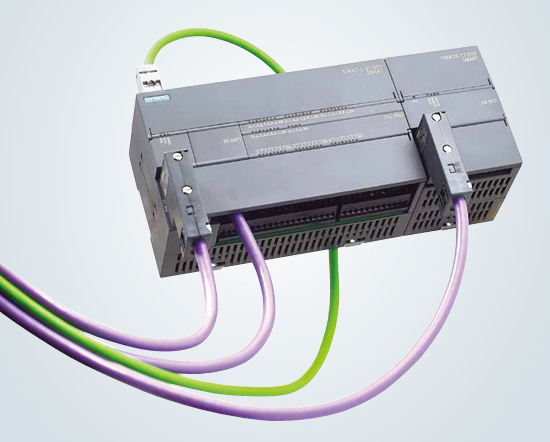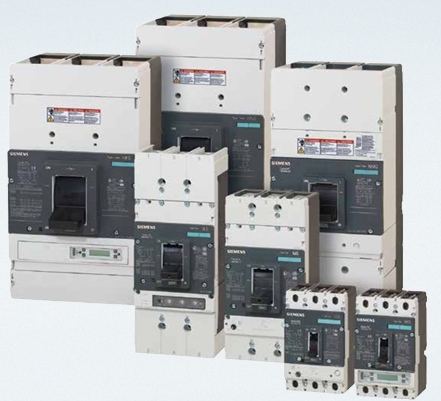GE DS3800NB1F1B1A is a core control module specially designed by General Electric (GE) for industrial automation control systems, belonging to GE Speedtronic ™ The core model of the series product is DS3800NB1F1B1A. This module has high reliability and precise control performance as its core advantages, integrating core functions such as signal processing, logical operation, and instruction output. It is mainly used for speed regulation, load control, and safety protection of large rotating machinery (such as gas turbines and steam turbines). It is a core component of turbine control systems in key industries such as power and petrochemicals, providing solid technical support for the stable operation and efficient control of equipment.
GE DS3800NB1F1B1A Control Module
Basic Product Information
GE DS3800NB1F1B1A is a core control module specially designed by General Electric (GE) for industrial automation control systems, belonging to GE Speedtronic ™ The core model of the series product is DS3800NB1F1B1A. This module has high reliability and precise control performance as its core advantages, integrating core functions such as signal processing, logical operation, and instruction output. It is mainly used for speed regulation, load control, and safety protection of large rotating machinery (such as gas turbines and steam turbines). It is a core component of turbine control systems in key industries such as power and petrochemicals, providing solid technical support for the stable operation and efficient control of equipment.
Core specification parameters
Core model
DS3800NB1F1B1A
Product Type
Industrial grade turbine dedicated control module
series
GE Speedtronic ™ Turbine Control System Series
power supply voltage
DC 24V ± 10%, with overvoltage and undervoltage protection functions, power consumption ≤ 8W
signal input
Analog input: 4-20mA/0-5V (8 channels); Digital input: dry contacts (16 channels), supporting optoelectronic isolation
signal output
Analog output: 4-20mA (4-channel); Digital output: Relay contacts (8 channels), capacity AC 250V/5A
Processing accuracy
Analog input accuracy ± 0.1% FS, analog output accuracy ± 0.2% FS
communication interface
Supports RS-485, MODBUS-RTU protocols, and some versions are compatible with PROFIBUS-DP
Working temperature range
-20 ℃~65 ℃, suitable for high and low temperature environments in industrial sites
Protection level
IP65 (front panel), IP20 (backplane interface)
Performance characteristics
-Accurate control performance: Equipped with GE's dedicated 32-bit microprocessor, the computing speed reaches 100MHz. Combined with optimized PID control algorithm, it can achieve real-time adjustment of turbine speed, pressure and other parameters, with a control response time of ≤ 5ms, ensuring equipment operation stability.
-Complete signal processing capability: Built in high-precision signal conditioning circuit, which can amplify and filter weak analog signals input, effectively suppressing noise interference; The digital input adopts a photoelectric isolation design, with an isolation voltage of ≥ 2500Vrms, to improve the reliability of signal transmission.
-Multiple safety protection mechanisms: integrated with functions such as overspeed protection, overcurrent protection, and power failure protection. When parameters exceed the safety threshold, an alarm can be triggered immediately and an emergency stop signal can be output with a response time of ≤ 1ms, minimizing the risk of equipment damage.
-Good system compatibility: specifically designed for GE Speedtronic ™ Mark VIe and other mainstream turbine control system designs can seamlessly integrate with other modules within the system; Simultaneously supporting communication with third-party PLC systems, data exchange and collaborative control are achieved through standard protocols.
-Convenient debugging and maintenance: Equipped with an LCD display panel and buttons, it can directly set parameters and view operating status on site; Support remote programming, monitoring, and fault diagnosis through GE Proficy Machine Edition software to reduce operational difficulties.
-High reliability structural design: encapsulated in a metal shell, with good heat dissipation and impact resistance performance; The components are selected from industrial grade wide temperature devices, which have undergone rigorous environmental tests such as high temperature, humidity, and vibration, with an average time between failures (MTBF) of ≥ 150000 hours.
Applicable scenarios
The DS3800NB1F1B1A control module, as a key component of the turbine control system, is widely used in the following fields due to its high reliability and precise control capabilities:
1. Power industry: speed control and load regulation of gas turbine generator sets and steam turbine generator sets, monitoring of auxiliary power equipment in nuclear power plants;
2. Petrochemical industry: control of flue gas turbines in catalytic cracking units of refineries, speed regulation of pressure pumps in oil pipelines, and control of turbines in self owned power plants in chemical industrial parks;
3. Steel metallurgy: control of waste heat recovery turbine units in steel plants, speed regulation and pressure control of blast furnace blowers;
4. Shipbuilding industry: control and monitoring of large ship power turbines, stable operation control of port ship power generation equipment;
5. Other fields: Automation control systems for large industrial air compressors, blowers, and other rotating machinery.
Precautions for use
1. Module installation must be operated by qualified professional technicians, and the installation location should be away from high temperature, high humidity, strong magnetic fields, and corrosive gases, ensuring good ventilation and avoiding direct sunlight;
2. Before wiring, it is necessary to confirm that the system power has been cut off, and strictly distinguish between analog, digital, and power lines according to the wiring diagram to avoid module burnout caused by misconnection;
Before being put into use for the first time, the control parameters (such as upper speed limit and alarm threshold) need to be calibrated through debugging software. After calibration, the parameters should be locked to prevent accidental modifications;
4. Regular maintenance should be carried out, including cleaning the dust on the panel, checking the tightness of the wiring terminals, and testing the stability of the communication link. It is recommended that the maintenance cycle be 3-6 months, and the power supply should be cut off before maintenance;
When an alarm prompt appears in the module, the alarm code should be recorded first, and the cause of the fault should be investigated through diagnostic software. It is forbidden to forcefully restart the module without a clear fault;
6. The storage and transportation of modules must meet the requirements, avoiding severe vibration and impact. The storage environment temperature should be controlled between -40 ℃~85 ℃, and the relative humidity should be ≤ 85%.
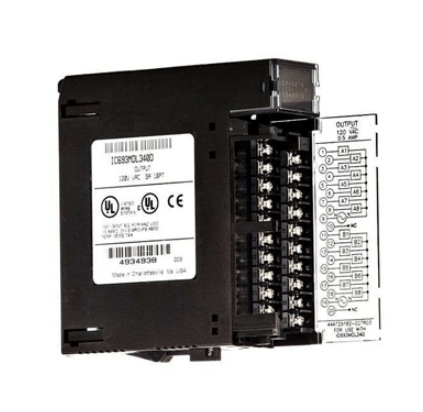
- User name Member Level Quantity Specification Purchase Date
- Satisfaction :
-









Email:wang@kongjiangauto.com

